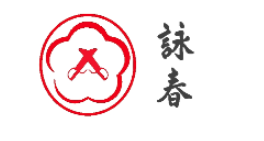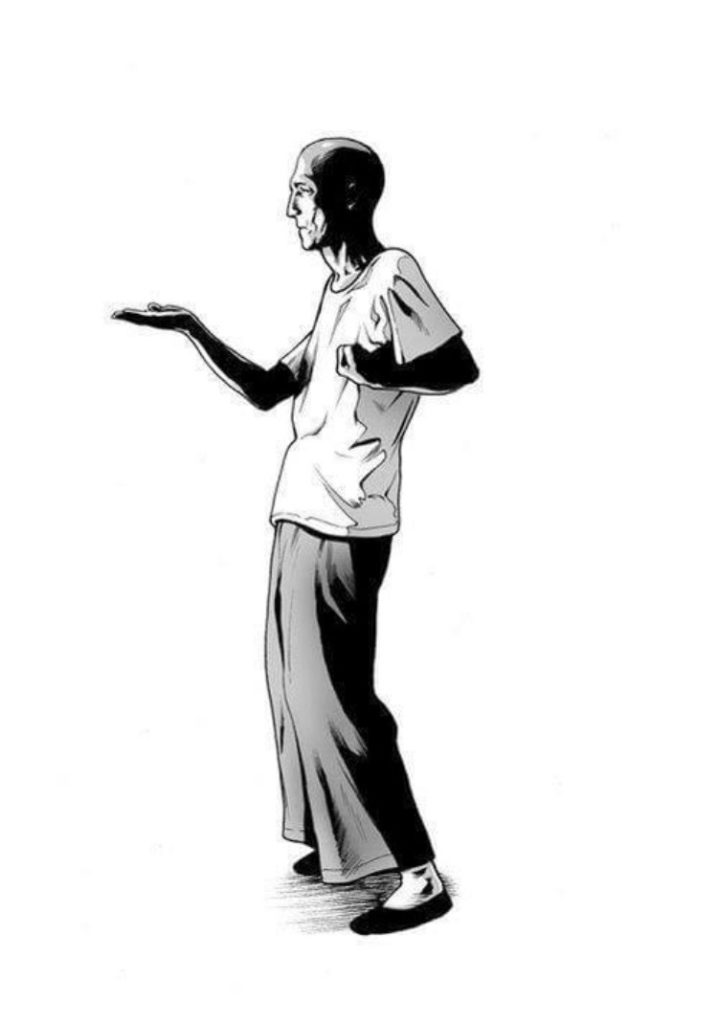ChiSau or “Chi Sau” is often referred to as the “heart” of the Wing Chun system and means sticky hands or sticking hands. In ChiSau practice, two Wing Chun practitioners link arms and attempt to destabilise their partner and/or land a hit. The main objective of chisau is to control the centreline – the shortest distance between the centres of each practitioner. While chisau practice varies from school to school and lineage to lineage, the core concepts are the same:
- Protect the centreline
- Use softness to overcome hardness through relaxation
- Luk Sau Jik Kuen – upon loss of contact rush in immediately (lost hand strike forwards)
According to Ip Man, “Chi Sau in Wing Chun is to maintain one’s feeling of opponent’s movement by staying relaxed all the while keeping in the strength to fight back, much like the flexible nature of bamboo”.

Beginners & ChiSau
For a beginner to learn Chi Sau they need to first learn the basics to the point where they become unconscious movements which happen automatically. Once this foundation has been formed, more complicated additions can be added. Beginners will usually start with some basic drills which help the practitioner. The basic chisau roll allows both practitioners to change between four basic positions: tan sau, bong sau, and two fok sau positions. This allows the practitioners to form a defensive position down the centreline. They then interchange positions according to those of their partner, while maintaining control of the centreline.
Dan ChiSau
To understand a basic exchange of attack and defence from chi sau, beginners will start with a drill known as Dan Chi Sau – single sticking hand. Dan Chi sau gives a basic understanding of attack and defence without over committing the attack or the defence while continuing to control the centreline.
Lap Sau
Another important drill which helps Wing Chun practitioners learn chi sau is Lap Sau exercise. In lap sau, practitioners react spontaneously and instantaneously to their partners movement in a predictable way. As more movements become unconscious and automatic, the same theory is applied to more complex movements accordingly. In the video below you can start the basic building blocks on lap sau drill.
Poon Sau – Basic Rolling Arms
Poon sau is the next step for beginners learning chisau and they need to be able to swap over from being on the inside of their partners arms to the outside, while maintaining the roll. Here’s a video which explains poon sau in more detail.
Pak Sau – Slapping Hand/Arm
Pak sau drill is another important drill which helps practitioners become more fluent in their chi sau and to attack by removing an arm with a sideways movement of the hand/wrist (the pak/slap). The basic pak sau drill allows a student the luxury of time to step in while removing the arm, clearing space for a strike. After a lot of pak sau training, you should be able to deflect an incoming (straight) attack with a sideways slap and counter attack instantly.
Once a student has learned pak sau, dan chi sau, poon sau and lap sau drills, they should be able to interchange with other Wing Chun practitioners and exchange some basic ideas of the game of chi sau. Over time, other more complex movements are added to allow chi sau to be a more versatile exchange with many potential variables including:
- Turns
- Steps
- Laps
- Paks
- Evasive movements
Ultimately chi sau should give you a good defence and attacking ability with close range strikes. You should never attack unless you are fully defended or exchange one hit for another in chisau.
Learn more about chi sau and join a class. Apply here.


